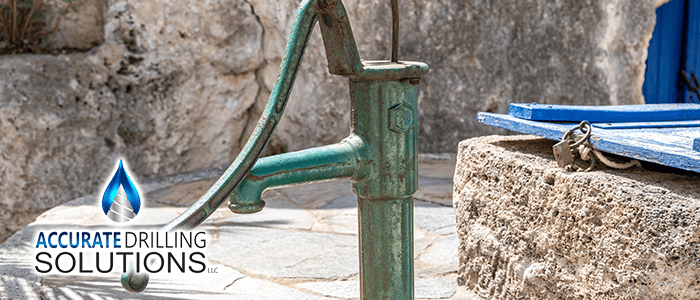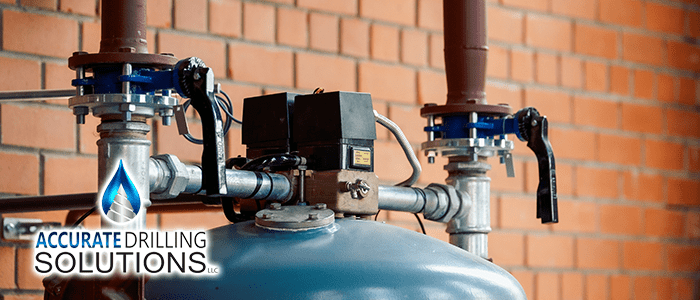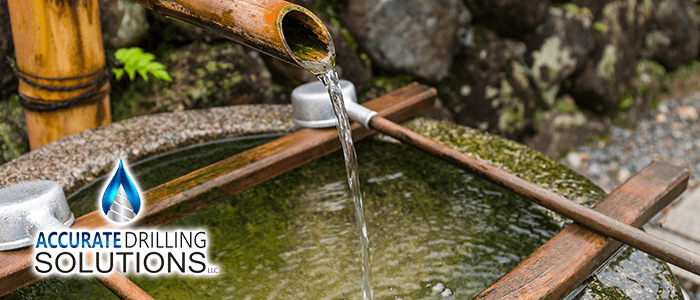
5 Ways to Make Your Well Pump Last Longer
Drilling a well for your family is a great investment. It provides a clean, renewable water source and eliminates water bills. However, to pull water over a hundred feet into your home, you need a strong pump. The submersible well pump is, therefore, the backbone of any water well system. These machines are already designed to last – They have lifespans between 8 and 15 years. With good maintenance, you may get as many as 30 years out of them… So, how does a pump last longer? Is it simply luck?
Taking good care of your system can save you a lot of money. Not only that, it will provide you with reliable service for much longer. This article will cover ways to make yours last longer and save you money.
1) Make Sure It’s Completely Submerged
A pump that isn’t completely underwater is a pump that’s going to overheat. Even if it doesn’t overheat all the way, it still isn’t benefitting from the cooling effects of water it’s designed for. Many pumps have a low water cut-off that stops the pump from running when the water level is low. Installing a low water cut-off is a great investment to preserve your pump.
2) Be Mindful of Overlapping Tasks
Your submersible well pump can only do so much. Unlike living things, when machines work hard, it damages the machine’s longevity. Likewise, when you run multiple high-demand jobs at once, your machine works harder than it should. This can damage the motor or other parts. An example would be using multiple showers at once or running the washing machine while watering the lawn. Stagger your high water demand jobs so your system can keep up.
3) Keep your Submersible Pump at the Right Depth
Even though your submersible pump sits below the water line, you should make sure your pump isn’t near the bottom of your well. You must also ensure you have the right device for the right job. A pump that is too far down or too powerful will kick up sediment and draw debris into the system. This can cause the machine to break down prematurely.
4) Keep Logs
Maintaining a maintenance, event, and operation log is just typical best practice. By monitoring average run-time and power cycles, you can track your highest use periods and plan accordingly. You can also see when your pump starts to behave less than ideally. Keeping a log also helps with the final point on our list.
5) Service it Regularly to Make a Pump Last Longer
You must schedule a checkup on your well at least once a year, often twice, depending on your well. These inspections not only check on the condition of the system, but also the well casing. Cracks in your well casing can lead to water flowing out of your well, but sediment is a bigger worry. Soil falling into your well will contaminate the water and lead to the same damage as having your system run too low.
Conscious, responsible water use and diligent maintenance are all it takes. But, of course, a little help goes a long way. You can learn more about well pump operation on the Accurate Drilling website. Call us today to talk about scheduling your next inspection.
continue reading
Related Posts
Addressing Water Pressure Issues in Wells: Expert Solutions Water pressure
Benefits of Water Filtration Systems for Well Owners in Central
Essential Tips for Conserving Water with Your Private Well Are





